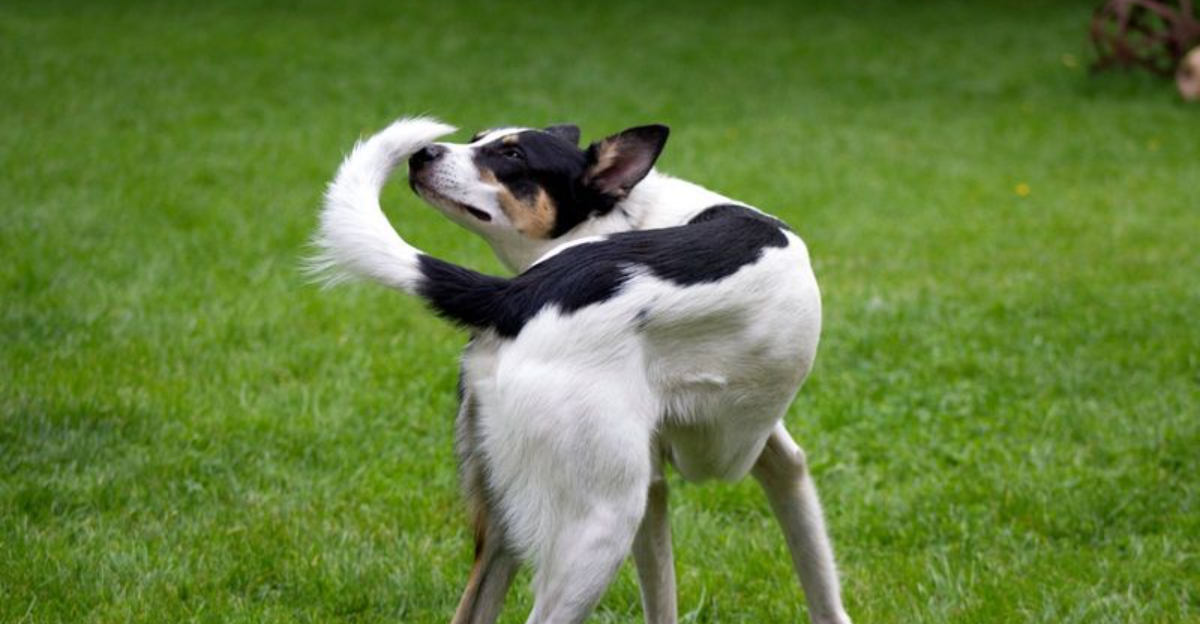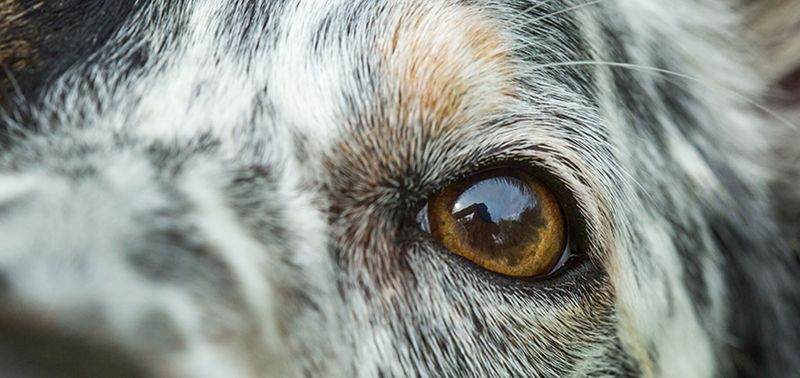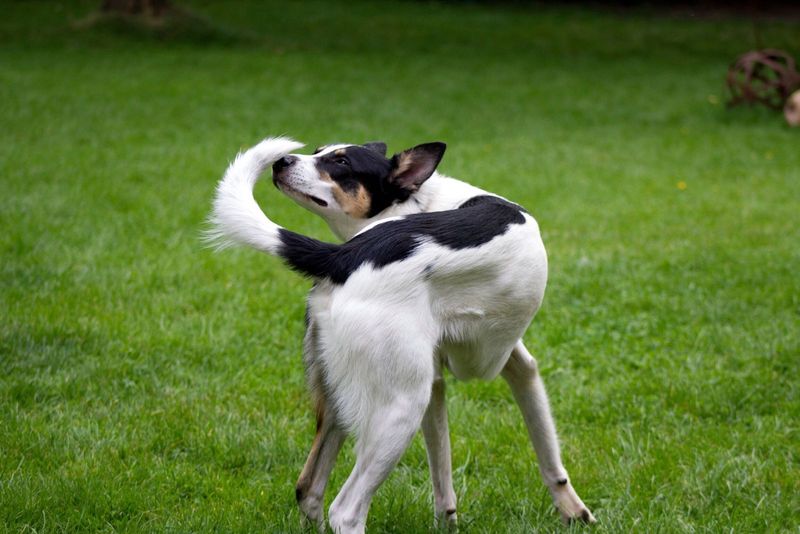11 Common Dog Myths – And Why They’re Totally Wrong

Dogs have been our loyal companions for centuries, yet despite the deep bond we share with them, many misconceptions about their behavior and biology still persist.
From the belief that they see only in black and white to the idea that all dogs are natural swimmers, there are countless myths that have been passed down over time. In reality, these myths couldn’t be further from the truth!
1. Dogs Don’t Need Regular Exercise

Contrary to what some people believe, all dogs, regardless of size or breed, need regular exercise to stay healthy and happy.
Lack of physical activity can lead to obesity, behavioral issues, and overall poor health. Even small dogs require daily walks and playtime to burn off energy.
2. Dogs Only Have One Master

This myth suggests that dogs can only bond with one person and are loyal to just one “master.” In reality, dogs can form strong bonds with multiple people in a household.
Their loyalty and affection are not limited to one individual, and they can thrive in a family environment with multiple caregivers.
3. Old Dogs Can’t Learn New Tricks

This myth is completely untrue! While older dogs may take a bit longer to learn new tricks, they are just as capable of learning as puppies.
With patience, consistency, and positive reinforcement, senior dogs can still master new commands and behaviors.
4. Dogs See Only In Black And White

One of the most common myths about dogs is that they can only see in black and white. However, that’s not the case! While dogs don’t perceive colors the same way humans do, they can see shades of blue and yellow.
Their color vision is more limited compared to ours, but they can still distinguish between different colors, just not the full spectrum we experience. So, while your dog might not see the world in the same vibrant hues, their sight is far from colorless.
5. A Wagging Tail Means A Happy Dog

It’s easy to assume that when a dog wags its tail, it’s always a sign of happiness, but that’s not necessarily true. A wagging tail can actually be an indicator of several emotions, including excitement, nervousness, or even aggression.
The way a dog wags its tail—whether it’s fast, slow, high, or low—gives more insight into what they’re feeling. So, before interpreting a wagging tail as pure joy, pay attention to the dog’s overall body language to understand their mood.
6. Dogs Eat Grass Because They’re Sick

Many people believe that dogs eat grass because they’re feeling unwell, but the truth is more complex. While some dogs may eat grass when they have an upset stomach, most of the time, it’s simply a behavior driven by curiosity or boredom.
Eating grass can also be a natural instinct or a way for dogs to get some roughage in their diet. So unless the dog is vomiting or showing other signs of illness, grass-eating isn’t necessarily a sign of sickness.
7. All Dogs Are Natural Swimmers

Not all dogs are born to swim! While some breeds, like Labradors and Retrievers, are natural swimmers, others might struggle in the water.
Dogs like Bulldogs, Dachshunds, and Basset Hounds have body types that make swimming difficult, and they might not enjoy the water at all.
Every dog has different abilities and preferences when it comes to swimming, so it’s essential to pay attention to their comfort level around water and provide support when needed.
8. Dogs’ Mouths Are Cleaner Than Humans’

It’s a common belief that dogs’ mouths are cleaner than humans’ mouths, but this simply isn’t true. While dogs’ saliva contains enzymes that help kill bacteria, their mouths are full of germs, just like ours.
Dogs often lick things that carry bacteria, such as food, trash, and other dogs. While their mouths may have some natural bacteria-fighting properties, it’s important to keep in mind that they aren’t miraculously free of germs.
9. Small Dogs Are Always Aggressive

Small dogs, often thought to be more aggressive than larger breeds, actually vary just like any other dog. While some small dogs may display more confident or protective behaviors, it doesn’t mean they’re inherently aggressive.
A dog’s temperament is determined by factors like genetics, training, and socialization, not just their size. With proper training and care, small dogs can be just as friendly, calm, and well-behaved as larger breeds.
10. Dogs Understand Human Language Perfectly

Dogs are highly intelligent, but they don’t actually understand human language the way we do. While they can learn to associate certain words or commands with actions, they don’t grasp the full meaning behind our sentences.
For example, your dog may know the command “sit” or “walk,” but they don’t understand the context in the same way we would. They pick up on tone, body language, and consistency, making them great at understanding commands, but their comprehension of language is quite different from ours.
11. Dogs Are Just Like Wolves

While domestic dogs share a common ancestor with wolves, they have evolved quite differently over thousands of years.
Domestic dogs have been selectively bred for specific traits, leading to a variety of personalities, behaviors, and physical characteristics that are far removed from their wild relatives.
While some instinctual behaviors may remain, like chasing prey, domestic dogs are more reliant on human care and have adapted to living in human environments, making them much more sociable and trainable than wolves.






